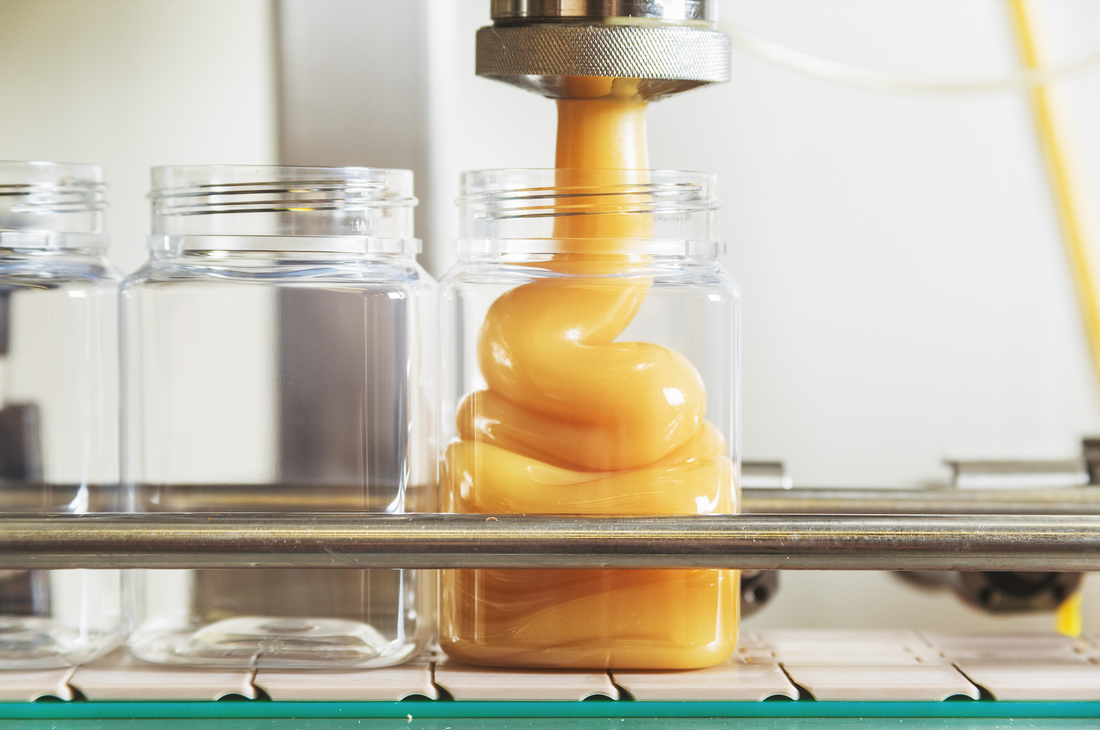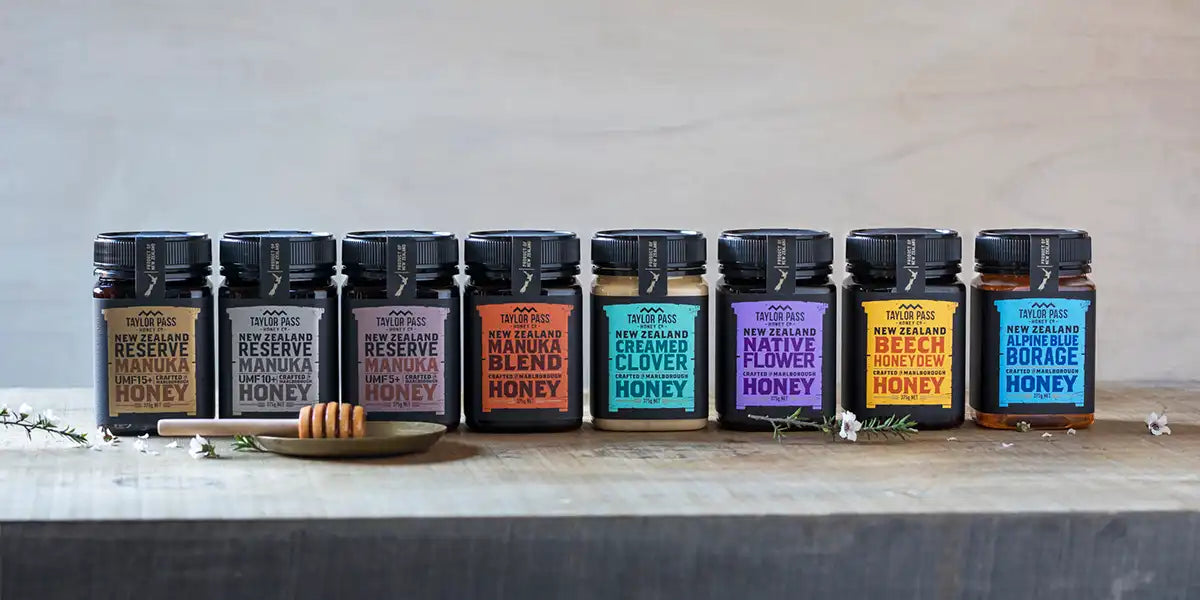What is MGO and UMF in Mānuka Honey?
Mānuka honey is one of the most expensive kinds of honey in the world and for good reason! Aside from the fact that Mānuka flowers are only found in New Zealand, the honey made from these flowers may be considered to be “medicinal-grade” if the UMF is high enough. Part of the reason for the high medicinal value is the presence of methylglyoxal or MGO. Although scientists are still studying methylglyoxal and the benefits it offers, many have long recognised its powerful antibacterial properties. It is a well established traditional remedy with New Zealand’s indigenous Maori population and quickly adopted by European settlers when they arrived in the 18th century.
Where Does Mānuka Honey Come From?
Mānuka honey is made by bees from pollen collected from Mānuka flowering bushes (leptospermum scoparium) that grow only in New Zealand for only 2 to 6 weeks every summer. The bush is part of the myrtle and tea tree families and produces beautiful flowers that range in color. There are two types of Mānuka honey, monofloral and multifloral. Monofloral means that mainly manuka pollen was collected by the bees. Multifloral means that several different types of flowers were visited to collect the pollen. Laboratory tests are performed to identify whether a honey is multifloral or monofloral.
What Makes Mānuka Honey So Special?
There are several factors that make Mānuka honey unique. Its rich texture, creaminess, and sharp flavor are only the beginning. The abundance of vitamins, minerals, and other nutrients are also important. Scientists from all around the world have been very interested in Mānuka Honey for several years now, due to its unique attributes. Many research papers have been published.
Also, as it is forbidden to import honey into New Zealand, any honey exported is 100% New Zealand honey. Therefore, you can be confident that Mānuka Honey packed in New Zealand is as pure as it can be without concern of adulteration.
What Is MGO?
MGO, or methylglyoxal, is what gives Mānuka honey its powerful antibacterial properties. It is an organic compound that occurs naturally in honey and is able to work in conjunction with the other nutrients to provide the biological support that boosts the immune system and fights infections, including medicine-resistant types like MRSA. When applied topically, it speeds up the healing process and minimizes the risk of infection. However, this is only one of the components of this incredible honey.
UMF (Unique Mānuka Factor) and the 4-Factor Quality Assurance Testing
There are many Mānuka honey grading systems but UMF is the only one to encompass four factors to rate Mānuka Honey, through independent laboratory testing:
- MGO (methylglyoxal) to identify potency & antibacterial properties
- Leptosperin, the unique single manuka identifier, identified in-vitro as having anti-inflammatory properties
- DHA (Dihydroxyacetone) shelf life identifier
- HMF (Hydroxymethylfurfural) identities the freshness to ensure it is at peak -
UMF Mānuka honey is quality you can trust for Potency, Authenticity,Shelf Life and Freshness

MPI and UMF: What Do They Stand For?
The MPI and UMF are two acronyms connected with Mānuka honey. The MPI, or Ministry of Primary Industries, is the organization responsible for identifying true Mānuka honey. It is responsible for creating the testing protocols that are used to identify Mānuka honey in its purest forms. It includes a DNA test and a test that verifies the levels of four primary chemicals. The second acronym, UMF, stands for Unique Manuka Factor. The UMF grade (usually a range between 5+ and 20+ or higher) determines the concentration of specific nutrient compounds. The higher the grade, the more nutrient-dense the honey is. Higher grade honey is also usually much darker and has a stronger, more identifiable taste.
Understanding the MGO content of Mānuka honey and the impact it has on how the honey is labeled is extremely important. At Taylor Pass Honey, our goal is to provide you with the highest quality and purest form of Manuka honey possible. We put every possible effort into caring for our hives, as well as the Mānuka plants frequented by our bees. When you purchase a jar of Taylor Pass Honey, you are purchasing quality you can trust.

